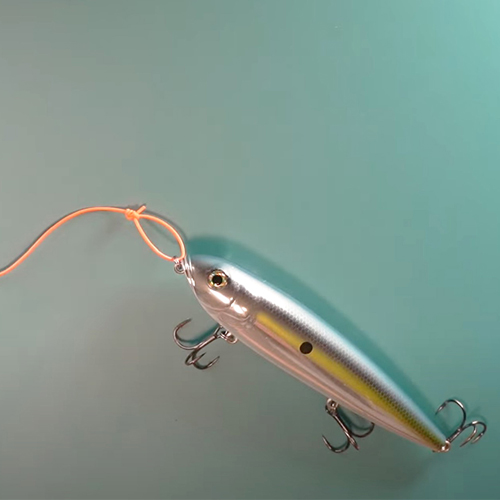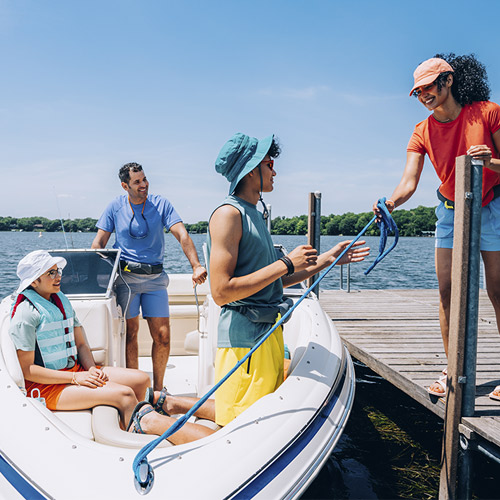Fishing Calendar Tips
Did you know that you can use a special calendar to help you decide when to fish? If you have the opportunity to plan your fishing trips in advance, you may want to check a lunar fishing calendar or solunar fishing calendar.
Fishing calendars provide predictions on when there will be increases in fish activity based on the influence of the moon and sun. The theory behind a solunar calendar is that fish tend to feed more actively during peak solunar periods when the gravitational force of the moon and the sun is the strongest. Although, it's important to remember that good decisions about the best times to fish aren't based on a single theory, but rather on multiple factors. Weather, tides, and barometric pressure are examples of other factors to consider when planning a fishing trip.
How To Use A Solunar Calendar
You can find a solunar fishing calendar online or buy a Farmers’ Almanac fishing calendar. If you look at a solunar calendar for a particular month, you will notice that the strongest feeding activity is predicted on the days closest to a full moon or a new moon. During a quarter moon or a three-quarter moon, fish and wildlife activity is usually at its weakest.
When using a solunar fishing calendar to help you decide on the best times during each day to fish, you will want to look at the major and minor activity time periods.
- Major feeding periods are two hours long. The major periods are centered around the solunar time that is noted on your calendar. For example, if your solunar fishing calendar cites a major feeding period time of 6:30 A.M., you would want to be at your fishing location no later than 5:30 A.M. and keep fishing until at least 7:30 A.M.
- Minor feeding periods are one hour long, again centered on the solunar time. That means a minor period of 6:15 P.M. would require you to be there no later than 5:45 P.M. and remain until 6:45 P.M.
If you are planning a fishing trip based on the peak activity times that are listed in a solunar calendar, always remember to check and factor in the local weather conditions as well. Weather events such as cold fronts or barometric pressure fluctuations will have an overriding impact on fish feeding behavior. Once you learn how to use a combination of fishing resources to plan your trips, including solunar information, you will start to notice an increase in your catch rates.
KEEP LEARNING

How to Tie the Non-Slip Loop Knot
The non-slip loop knot is a popular and reliable choice for securing hooks, lures, and other tackle to your fishing line.
LEARN MORE

Socials
Take me fishing social media links
LEARN MORE

TakeMeFishing x Teen Vogue
Join us on a creative journey as fashion designer Ahmrii Johnson walks us through her collaborative vision and process with Teen Vogue and fashion brand, Rentrayage, to create a special piece.
LEARN MORE


.png?lang=en-US&ext=.png)